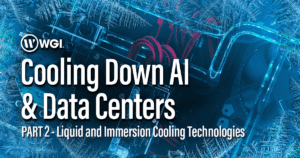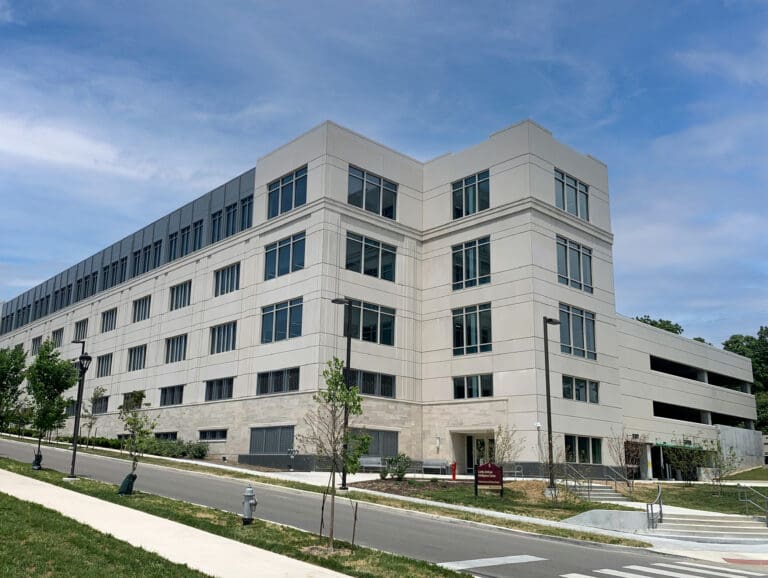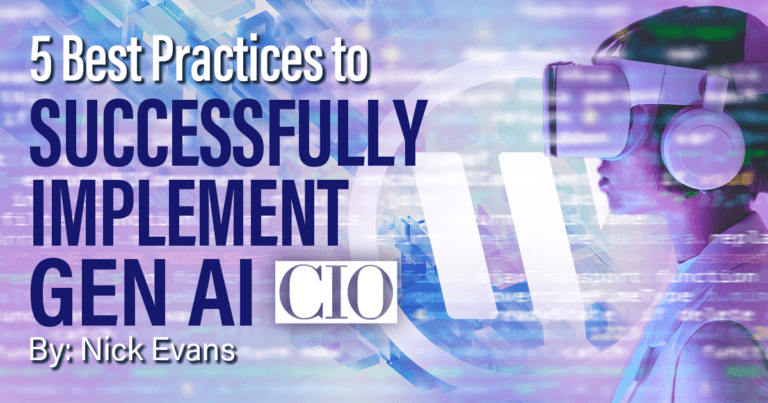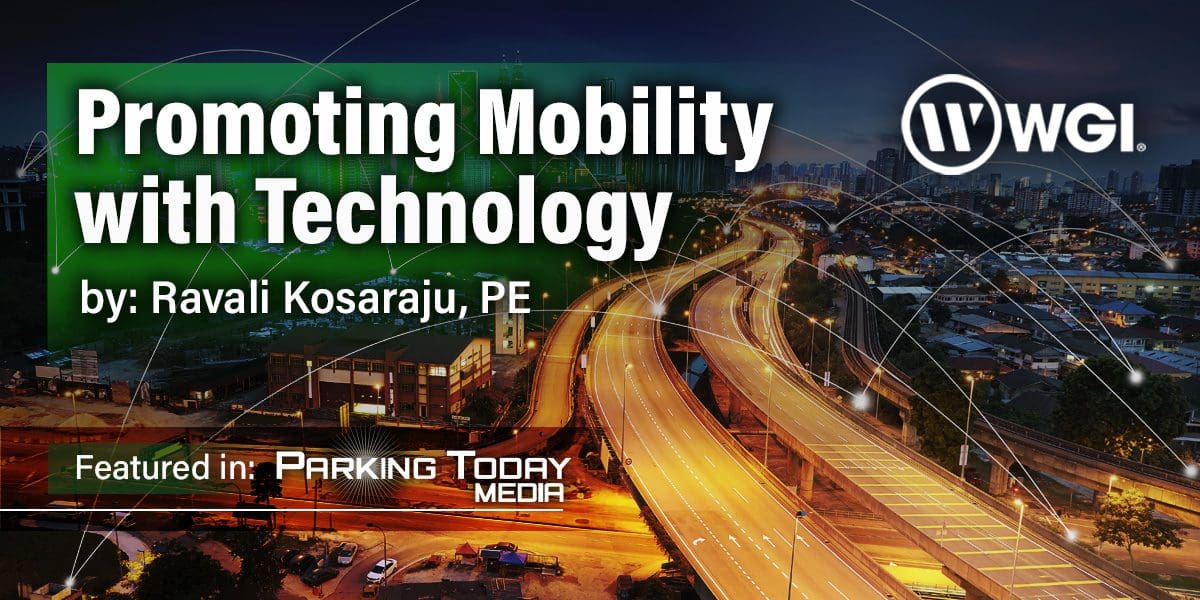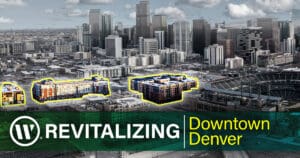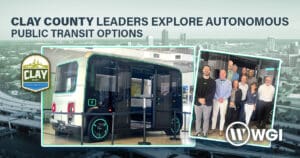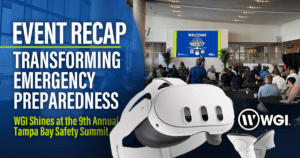By Ravali Kosaraju
We are at the dawn of the transportation and parking infrastructure age in the United States. The introduction of intelligent transportation systems (ITS) on roadways and highways will dramatically improve mobility, reduce congestion, and make roadways and highways dramatically safer.
What is ITS? Intelligent transportation systems are roadway and highway systems that utilize a broad range of wireless and traditional communication-based information and electronic technologies to promote safety and mobility. ITS tools are all about communication and data analysis: they communicate with traffic signals and other traffic management infrastructure to keep vehicles moving smoothly and safely; they collect and analyze driver data to help transportation professionals create safer roads; they communicate with smart phone apps to help drivers find available parking near their ultimate destinations or near public transit that can take them there; and eventually, they’ll communicate directly with individual vehicles to help them operate more efficiently and safely.
Why does ITS matter? We spend a lot of time in our cars, and we traverse a lot of miles. Driving is a daily reality for most Americans, and the more time you spend on highways and roads, the more exposed you are to the dangers that driving can present. According to the National Highway Transportation Safety Administration, there are well over 30,000 highway deaths in the United States each year.
There are also economic implications. According to the Texas Transportation Institute, traffic congestion in urban areas costs hundreds of billions of dollars each year, and U.S. highway users waste 4.8 billion hours in traffic every year. Of course, there’s an environmental cost, too. Nearly 6 billion gallons of fuel are wasted every year by cars and trucks sitting in traffic. Not only is that a terrible waste of a valuable resource, but idling vehicles generate around 30 million tons of CO2 every year. This is a significant cause of climate change, and it also poses serious health risks for drivers and others who are unnecessarily exposed to this CO2.
Intelligent transportation systems can help mitigate these hazards, but the application of intelligent transportation technology is still in its infancy. The development of ITS infrastructure will be at the forefront of infrastructure expansion over the next decade, and the recent passage of the Infrastructure Investment and Jobs Act will help accelerate that development.
ITS and Highways
ITS is already getting traction on American highways, particularly in Florida and in parts of the Midwest. In those areas, statewide and regional networks of parking guidance sensor technologies have been installed to reduce driver fatigue. The programs are designed to help drivers find a place to safely pull over and rest when they get tired or approach their mandated time for resting. They use parking guidance sensors installed in truck stops and rest area parking spaces to monitor individual space availability and communicate that information to truck drivers via roadside signage and hand-held smart phone apps.
When it’s time to rest, drivers can access the system via a special app on their phones and locate the closest available parking space. States across the U.S. are keeping an eye on the Florida program to see if they can replicate it, and several mid-western states have banded together to form the nation’s first Regional Truck Parking Information Management System (TPIMS).
It’s still early in the evolution of vehicle information management systems, but it won’t be long before these systems are communicating directly with drivers through their vehicles’ onboard entertainment and information systems.
Another exciting technology that’s useful for highways (and local roads, for that matter) is audible detection technology (also known as audible surveillance). Audible detection technology uses strategically placed microphones and audio event detectors to sense road accidents. The equipment is set up to recognize hazardous situations such as tires skidding and car crashes by the sounds those events make.
When accidents are detected, enforcement officers are notified of the event and its location, and first responders can be directed to the site of the accident. If there’s an automated traffic monitoring network associated with the equipment, the data can be sent to that network too so drivers can be redirected to other routes to avoid the accident site. Not only does this allow drivers to avoid traffic jams, it also allows first responders to care for people in a safer environment with less traffic. Eventually, when all cars are connected, the traffic information will be sent right to vehicles to reroute them.
ITS and Smart Cities
We’ve all heard about Smart Cities and how they are going to transform the urban experience. But what exactly is a Smart City? Smart Cities use transportation, parking, and mobility technology to improve mobility. ITS is particularly exciting when it comes to Smart City development, and there are a number of tools that can be installed on city streets and other local roadways to keep traffic flowing, divert vehicles to other roadways when there are backups or accidents, and provide a generally safer environment for both drivers and pedestrians.
Most roads don’t experience maximum volume; traffic tends to be concentrated on specific roads at certain times of the day. One of the primary functions of ITS on local roads, therefore, is to better distribute volume throughout all area roads.
In the city, ITS begins with smart signals that can be changed remotely to avoid long lines at lights. Traffic officials located in operations centers with camera surveillance and real-time feeds can monitor traffic patterns and manually change signal timing to keep traffic flowing. Traffic signals can also communicate with each other via wireless technology or fiber optic lines to coordinate signal changes as volume warrants in order to keep traffic moving.
Parking is an important element of Smart City development and cities across the United States are beginning to implement city-wide parking grids. These grids start with parking guidance technology, which analyzes parking occupancy in public and private parking garages and lots and reports that information to city transportation managers. That information is then bundled and transmitted to drivers via city parking or mobility apps. As drivers approach their destination in a city, they just bring up the app on their smart phones or on the dash of their cars and the app tells them where parking can be found close to their destination and how much it will cost.
Cities are already starting to implement Smart City parking grids. The leader of this movement, the City of Detroit, has released an app called Park Detroit that, in addition to providing information about available parking, allows visitors to prepay for parking garages and off-street lots. The app can provide parking availability information for all parking, including public and private garages, surface lots, and on-street metered parking. Many cities are following Detroit’s lead. In fact, several cities in California have begun to require private parking owners to install parking guidance technology and connect their systems to the citywide parking grid.
ITS and Transit
Public transit is the third leg of the ITS transportation stool. Public transit is an essential element of local transportation and mobility planning for many communities. A robust transit system can reduce congestion by cutting the number of private vehicles on city streets, while at the same time promoting sustainability by reducing emissions caused by idling vehicles.
ITS technology should be part of every urban transportation program. When buses and light rail vehicles communicate directly with ITS data centers, the system can more effectively manage traffic lights and directional signage and reroute traffic as necessary. And as self-driving vehicle technology matures, the first self-driving vehicles in wide use are likely to be buses and other public transportation vehicles which will constantly communicate with the traffic grid.
Putting It All Together
We are on the cusp of the ITS age of transportation and mobility. It won’t be long before our roadways, traffic infrastructure, and even our vehicles are connected to the traffic grid and to each other. They’ll constantly communicate with the grid, but also with the vehicles driving around us. When this vision is realized, our roads and highways will be safer, more efficient, and much less congested.
Ravali Kosaraju is the director of mobility for WGI. She can be reached at Ravali.Kosaraju@wginc.com.
